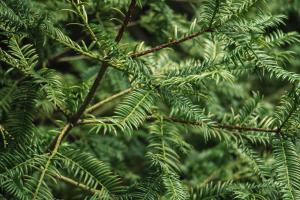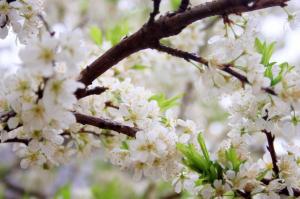When to Plant Shade Trees
Planting shade trees can be a great way to improve the look and feel of your landscape while also providing important benefits such as shade and reduced energy costs. But when is the best time to plant shade trees? The answer to that question depends on a variety of factors.
Spring Planting
Many experts recommend planting shade trees in the spring, since this is when the ground has thawed out after the winter and the soil is beginning to warm up. Spring also typically comes with ample rainfall, which can help new trees get established quickly. However, if you live in an area with very hot summers, it's important to plant your shade trees early enough in the spring so they can establish a strong root system before the heat of summer sets in.
Fall Planting
Fall can also be a good time to plant shade trees, especially in areas with mild winters. Planting in the fall allows the roots to get established over the winter, so the tree is ready to thrive in the spring. Fall planting also comes with less risk of drought, since water tends to be more plentiful in autumn. However, if you live in an area with harsh winters, planting in the fall may be risky. The newly planted tree may not have enough time to get established before the ground freezes, which can cause root damage.
Year-Round Planting
Some gardeners prefer to plant shade trees year-round, which can provide flexibility and the ability to take advantage of sales or nursery deals throughout the year. However, it's important to be mindful of the weather conditions and the needs of the particular tree species you're planting. For example, planting a tree during a heatwave or cold snap can place stress on the young tree and slow down its growth rate. It's also important to ensure that the tree is receiving adequate water throughout the year, especially during periods of drought.
Factors to Consider
Before deciding when to plant shade trees, it's important to consider a variety of factors such as the climate in your area, the type of tree you want to plant, and the soil conditions in your landscape. Some trees are more tolerant of drought, while others may require more water. Some trees thrive in warm climates, while others do better in cooler temperatures. Do your research and consult with a local nursery or landscaping professional to determine the best time to plant shade trees in your area.
Conclusion
Planting shade trees can be a wonderful addition to any landscape, but timing is key. Spring and fall are optimal times for planting, but year-round planting can also be successful with proper care and attention. Take the time to research your tree species and environmental conditions, and consult with professionals if needed, to ensure that your shade trees thrive and provide long-lasting benefits to your home and community.

 how many times do yo...
how many times do yo... how many planted tre...
how many planted tre... how many pine trees ...
how many pine trees ... how many pecan trees...
how many pecan trees... how many plants comp...
how many plants comp... how many plants can ...
how many plants can ... how many plants and ...
how many plants and ... how many pepper plan...
how many pepper plan...































